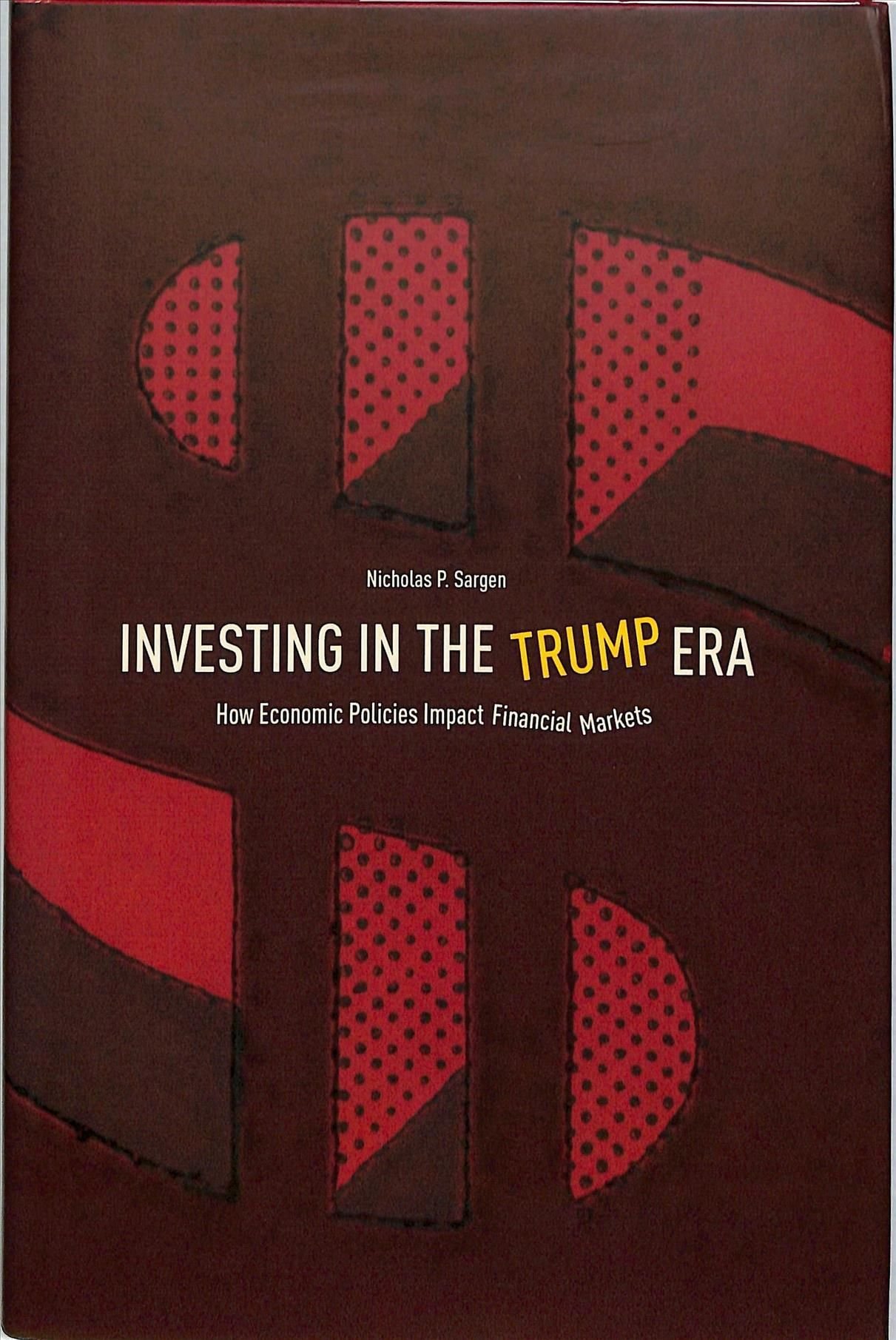Much research into financial contagion and systematic risks has been motivated by the finding that cross-market correlations (resp. coexceedances) between asset returns increase significantly during crisis periods. Is this increase due to an exogenous shock common to all markets (interdependence) or due to certain types of transmission of shocks between markets (contagion)? Darolles and Gourieroux explain that an attempt to convey contagion and causality in a static framework can be flawed due to identification problems; they provide a more precise definition of the notion of shock to strengthen the solution within a dynamic framework. This book covers the standard practice for defining shocks in SVAR models, impulse response functions, identitification issues, static and dynamic models, leading to the challenges of measurement of systematic risk and contagion, with interpretations of hedge fund survival and market liquidity risks Features the standard practice of defining shocks to models to help you to define impulse response and dynamic consequencesShows that identification of shocks can be solved in a dynamic framework, even within a linear perspectiveHelps you to apply the models to portfolio management, risk monitoring, and the analysis of financial stability












